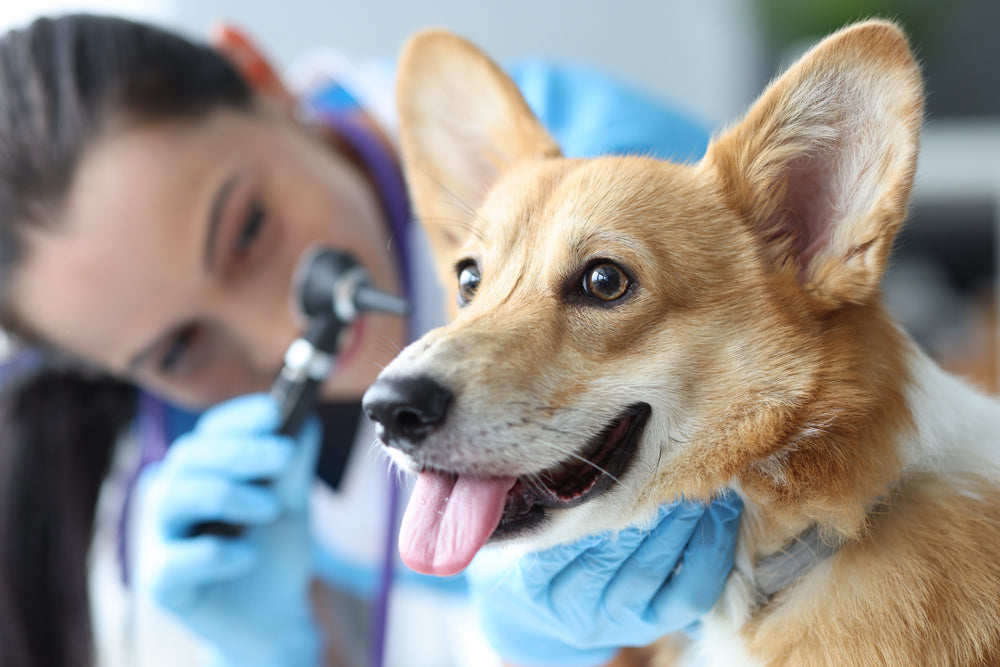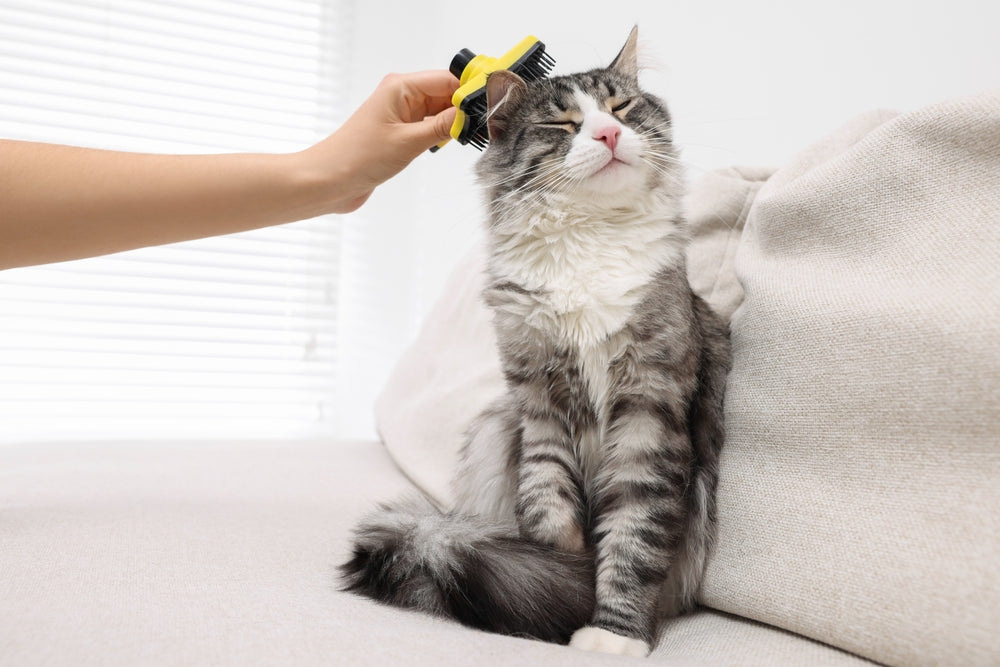Just like us humans, sometimes pets need medical procedures. In fact, some can be pretty expected like spaying or neutering. Others… not so much. There are some pet procedures that can be considered elective in nature while others may be medically necessary.
Elective surgery probably has you thinking of plastic surgery. Unfortunately, there are such instances for pets! There are some pretty popularized surgeries that can pose a threat without medical need based on aesthetics or other factors. It is important to be educated on such things.
Let’s dive into it – procedures you may have heard of, some you may not, and what they could mean for your pet, negatively or positively.
Cat Declawing
Starting off strong, let’s discuss cat declawing. Cat claw care is important – regularly trimming your pet’s claws, dog and cat, is necessary. Declawing means removing the last bone of the toe.
Did you know cat declawing is illegal in some places? New York, Maryland, Virginia, and D.C. are among states with bans in addition to numerous cities. Interestingly enough, “declawing significantly increases the odds of back pain, litter box aversion and biting” according to Why declawing is bad for your cat.
Declawing can cause intense pain after the fact as well as disrupt traditional cat behaviors. Cats are used to being able to scratch which is considered a “vital part” of their behavior. This is why it is important to have scratching posts that are preferable to a cat as opposed to your furniture.
Did you know reducing your cat’s stressors can reduce their propensity to scratch? As mentioned, it is important to have scratching posts to provide a desirable place to scratch. Check out Why declawing is bad for your cat for information on stopping a cat from scratching undesirable surfaces.
Tail Docking in Dogs
Have you ever seen a dog with a stubby tail? Some stubby tails occur naturally, but some are from a procedure called tail docking. Common breeds that experience tail docking include dobermans, boxers, terriers, poodles, and pit bulls.
Ultimately, tail docking is considered unnecessary. The American Veterinary Medical Association is opposed to tail docking due to its inherent risk and lack of medical benefits. This type of painful procedure can negatively impact a young dog’s vulnerable nervous system and cause long-term damage. For more information, check out this Canine tail docking FAQ.
When Tail Removal is Necessary: Happy Tail
Let’s discuss when tail removal may be necessary. Have you ever heard of happy tail? Happy tail syndrome “is a condition where dogs cause damage to the tip of their tails from striking surfaces” (Happy Tail Syndrome in Dogs).
Any dog may experience this – it is more common in large breeds like pit bulls, shepherds, great danes, and greyhounds. There are several ways to treat happy tail, like bandages, prescription medication, or a tail sling.
But, when this is a chronic challenge, it is possible a medical procedure is necessary to shorten or remove their tail. This will prevent future pain and trauma from happy tail syndrome.
Removing Dewclaws in Dogs
You may have heard of removing a dog’s dewclaws as a potential procedure. Front dewclaws serve an important purpose by touching the ground when a dog runs. They provide extra traction and stability.
Because of their importance, they shouldn’t be removed unless there is a good reason. Sometimes veterinarians will suggest preemptive removal, but the likelihood of potential injury is considered too low to justify this (Everything You Need to Know About Dog Dewclaws).
One exception is if a pet has chronic issues with their dewclaws. My family pupper has a singular susceptible dewclaw that has had to be medically stitched a few times. It is possible, in this case, it will be suggested the dewclaw be removed, but so far, this is not the route taken.
In Closing…
Unfortunately, these three procedures are seen as common. It is crucial to be aware that these aren’t considered necessary by any means, and should not be the default! Of course, do your own research as every pet’s needs are different. Ultimately though, it is important to stand up against these commonplace unethical practices.




